Discover 6 proven play strategies to skyrocket learning in kids, promoting creativity, critical thinking, and cognitive growth.
Play is far more than just a source of fun for children. It’s a fundamental avenue for developing key cognitive, emotional, and social skills. Children naturally explore their world through play, learning to make sense of their surroundings while acquiring vital problem-solving abilities and critical thinking skills. When approached intentionally, certain play strategies can dramatically accelerate this learning process, laying the foundation for lifelong learning success. Below are six proven play strategies that can truly skyrocket learning in kids.
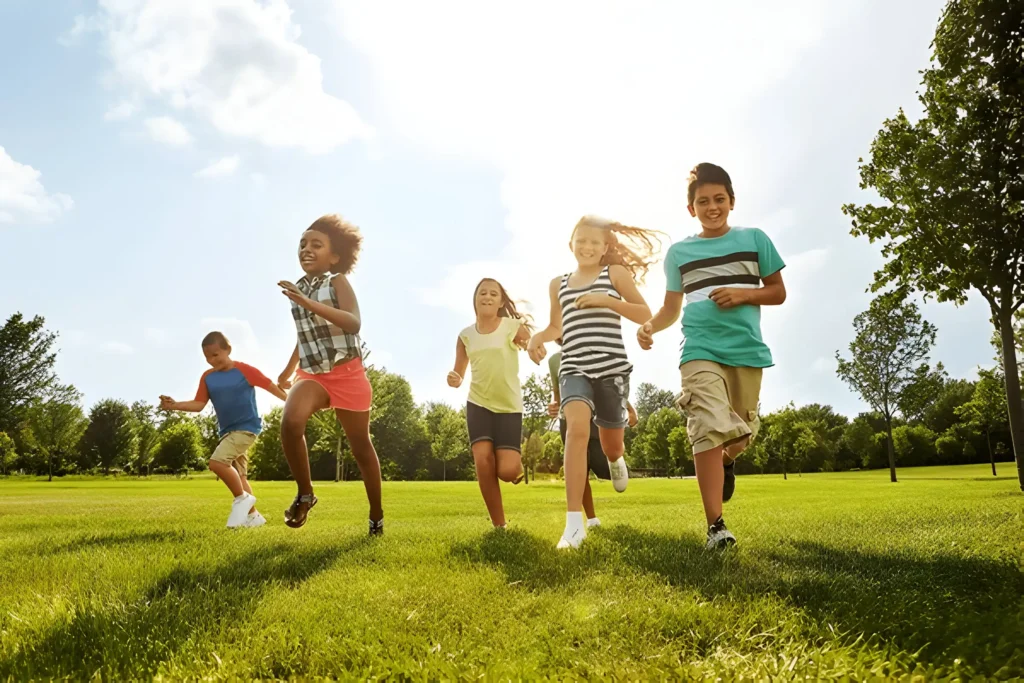
Play as a Natural Teacher
Why Play is Essential for Cognitive Development
At the heart of every child’s learning journey lies play. It’s no coincidence that some of the most brilliant minds in history emphasized the importance of play. Albert Einstein once said, “Play is the highest form of research.” Through play, children engage with the world in a hands-on, immersive way that fosters deeper cognitive development. Play-based learning allows children to explore new concepts freely, enhancing their ability to retain knowledge and apply it creatively.
Unstructured play, like simply running around with friends or building with blocks, helps develop neural pathways that improve creativity, flexibility in thinking, and problem-solving. Moreover, the imaginative worlds children create during play sessions sharpen their capacity for abstract thought—an essential skill for success in later life, particularly in fields like mathematics, science, and the arts.
How Play Fosters Problem-Solving Skills
Children naturally encounter obstacles in their play, whether it’s figuring out how to build a tower of blocks that won’t topple or determining the best way to defeat a challenge in a board game. These situations encourage children to experiment with different solutions, fostering critical thinking and perseverance. Engaging in strategic play allows children to develop the ability to reason, make decisions, and refine their problem-solving abilities in a low-stress environment.
1. Role-Playing and Imaginative Play
Encouraging Creativity through Role-Playing
Role-playing is a powerful way to encourage creativity and empathy in children. Whether they’re pretending to be astronauts, doctors, or superheroes, children actively construct scenarios that require them to step into someone else’s shoes. This type of imaginative play promotes emotional intelligence by allowing kids to explore complex feelings and social situations.
Moreover, role-playing enables children to practice decision-making in a simulated environment. By navigating through imaginative scenarios, kids learn how to negotiate, collaborate, and lead, all of which are invaluable skills in both academic and personal growth.
Building Social Skills and Emotional Understanding
In addition to sparking creativity, role-playing helps children enhance their social skills. By playing different roles, kids learn to communicate effectively, cooperate with others, and manage conflicts. For instance, if children are playing house, they need to assign roles, agree on the storyline, and interact as their characters would. This fosters an understanding of social dynamics and helps them develop the ability to navigate real-world relationships with greater ease and empathy.
2. Physical Play and Movement-Based Learning
The Link Between Physical Activity and Brain Development
The importance of physical play goes beyond just burning energy—it’s integral to a child’s cognitive and brain development. Numerous studies have shown that movement stimulates brain activity, improving focus, memory retention, and learning ability. Physical activities, such as playing tag, jumping rope, or engaging in sports, increase oxygen flow to the brain, which is essential for cognitive functioning.
Furthermore, movement-based learning can help solidify abstract concepts. For example, young children learning to count may benefit from physically jumping while counting aloud, reinforcing both their number recognition and motor skills.
Enhancing Motor Skills and Coordination through Play
Physical play is also a crucial avenue for developing fine and gross motor skills. Whether it’s climbing on a jungle gym or balancing on a beam, these activities improve coordination, body awareness, and strength. Over time, these physical challenges encourage persistence, resilience, and the ability to overcome obstacles. Furthermore, children engaged in physical play tend to exhibit improved academic performance, as their enhanced coordination and focus carry over into the classroom.
3. Puzzle Solving and Strategy Games
Critical Thinking Skills Enhanced by Puzzle Play
Puzzles and strategy games are invaluable tools for developing a child’s critical thinking and cognitive flexibility. When a child attempts to solve a puzzle, they engage in trial and error, pattern recognition, and logical reasoning. These mental exercises help strengthen their ability to approach problems from multiple angles, an essential skill for math and science learning.
Jigsaw puzzles, Sudoku, and games like chess or checkers not only improve critical thinking but also bolster memory and attention to detail. The structured yet flexible nature of puzzles means that children must think logically and strategically, fostering a greater capacity for problem-solving in real-world situations.
Boosting Memory and Cognitive Flexibility
Regularly engaging in puzzle-solving activities helps enhance a child’s working memory—the brain’s ability to store and process information simultaneously. As kids manipulate puzzle pieces or strategize their next move in a game, they learn to retain previous information while applying it to new challenges. This dual processing helps improve their mental agility and adaptability, which are essential for navigating more complex tasks as they grow older.
4. Creative Arts and Crafts
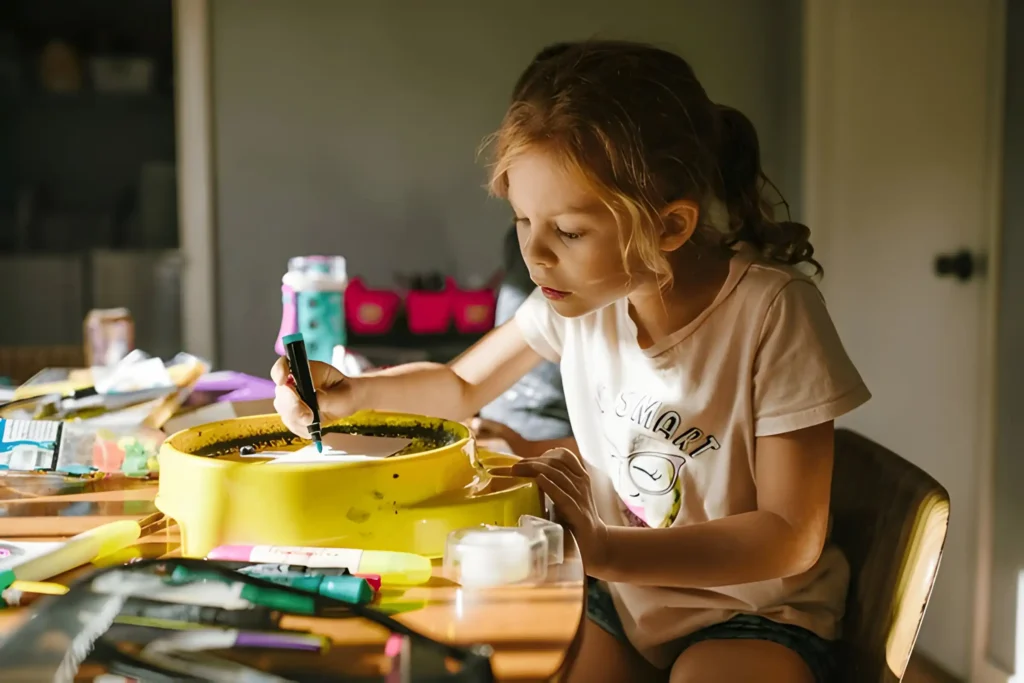
Hands-On Learning: How Art Promotes Fine Motor Skills
Creative arts and crafts provide children with an outlet for self-expression while promoting fine motor development. Activities like painting, drawing, sculpting with clay, or cutting paper with scissors require precise hand movements that strengthen the small muscles in their hands and fingers. This dexterity not only helps in artistic endeavors but also supports essential skills like writing and typing, which are crucial in school and beyond.
Artistic activities often require planning, attention to detail, and patience, all of which contribute to a child’s ability to focus and complete tasks. Moreover, the creative process teaches kids to embrace experimentation and understand that mistakes are part of the learning process.
Stimulating Creative Expression for Emotional Development
Art offers a powerful medium for emotional expression. Children often use drawings and other forms of creative art to convey thoughts and feelings that they may not yet have the words for. This process can be especially beneficial for children who struggle with verbal communication, as it provides an alternative outlet for their emotions. Furthermore, the act of creating something from nothing fosters a sense of accomplishment, which can boost a child’s self-esteem and encourage a positive attitude towards learning.
5. Outdoor Exploration and Nature Play
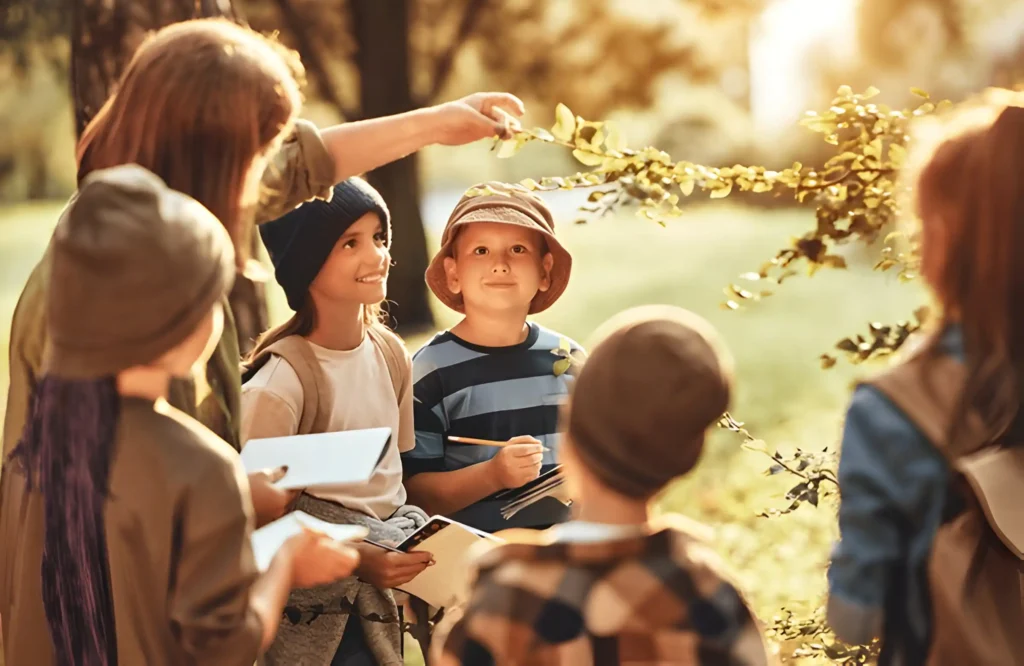
Why Nature is the Ultimate Classroom
In a world increasingly dominated by screens and structured activities, nature offers an essential space for unstructured, open-ended play that stimulates a child’s imagination and curiosity. Nature-based play provides unique sensory experiences that can’t be replicated indoors—whether it’s feeling the texture of sand, hearing the rustling of leaves, or observing the intricate patterns of tree bark. These sensory interactions sharpen observational skills and promote mindfulness, helping children learn to focus and appreciate the world around them.
Moreover, the unpredictability of nature encourages flexible thinking. Unlike structured indoor play, nature doesn’t provide clear-cut instructions. Children must adapt to changing environments, such as navigating a rocky path, collecting different types of leaves, or constructing forts out of fallen branches. This freedom nurtures creativity and problem-solving, making outdoor play an excellent tool for cognitive development.
Developing Curiosity and Scientific Thinking through Outdoor Play
The natural world is brimming with opportunities for scientific exploration. Every child is a natural-born scientist, full of curiosity about how things work. Outdoor play provides endless chances to ask questions, observe, experiment, and draw conclusions. When kids dig in the dirt to examine insects, build dams in creeks, or watch clouds float by, they are engaging in critical early STEM (Science, Technology, Engineering, and Math) skills without even realizing it.
These nature-based activities help foster scientific thinking, encouraging children to make hypotheses, test their ideas, and reflect on their observations. For example, a child might wonder why certain plants grow in one area but not another, prompting them to consider factors like sunlight, soil, and water. Such inquiries lay the groundwork for formal scientific education later in life.
6. Structured Play vs. Free Play

The Benefits of Both Types of Play
Both structured and unstructured play have valuable roles in a child’s development, and striking the right balance between the two can significantly enhance learning. Structured play refers to activities that are guided by specific rules or objectives, such as board games, sports, or educational toys. These activities help children develop discipline, follow directions, and work towards a goal. Structured play can also be highly educational, especially when designed to teach specific skills like math, reading, or teamwork.
On the other hand, free play allows children to take the reins of their learning, letting them explore their interests and imaginations without constraints. Free play fosters creativity, independence, and self-regulation. It gives children the freedom to invent their own games, explore their surroundings, and make their own decisions, all of which are crucial for building confidence and resilience.
Finding Balance in a Child’s Play Routine
To maximize the benefits of both structured and free play, it’s important to strike a healthy balance. Too much structure can stifle creativity and make play feel like another task to complete, while too much freedom without guidance might lead to missed learning opportunities. A well-rounded play routine could include structured activities like puzzle-solving or group sports, combined with plenty of time for children to engage in spontaneous, self-directed play.
Encouraging children to engage in both types of play ensures they develop a broad range of skills—from critical thinking and problem-solving to creativity and emotional regulation. Parents and educators can facilitate this balance by providing a variety of play materials, creating opportunities for both guided and independent activities, and most importantly, allowing children the time and space to enjoy them.
The Role of Adults in Facilitating Learning through Play
Supporting Child-Led Play
While it’s important to provide the right tools and environment for play, adults must remember that the most effective play is often child-led. Children have a natural instinct for choosing the activities that most interest and engage them, and adults should take a supportive, rather than directive, role. By allowing children to take the lead, adults can help foster a sense of autonomy, encouraging children to develop confidence in their decision-making abilities.
However, this doesn’t mean adults have no role in the play process. By observing a child’s play, adults can offer subtle guidance or ask thought-provoking questions that help children explore ideas more deeply. For example, if a child is building a block tower, an adult might ask, “What do you think will happen if we add one more block?” Such questions prompt children to think critically about their actions without taking away their sense of control.
The Power of Encouragement and Positive Reinforcement
Encouragement plays a crucial role in enhancing the benefits of play. Positive reinforcement, such as praise for effort, persistence, or creativity, can boost a child’s confidence and motivate them to tackle challenges with enthusiasm. Celebrating small successes during play—whether it’s successfully completing a puzzle or coming up with a new game—reinforces a growth mindset, teaching children that their abilities can improve with practice.
Additionally, adults can model curiosity and excitement during play, showing children that learning is a joyful and rewarding process. By actively engaging in their children’s play without dominating it, adults create a supportive environment where children feel safe to experiment, take risks, and learn through trial and error.
FAQs: 6 Proven Play Strategies to Skyrocket Learning in Kids
How can role-playing help my child’s learning?
Role-playing enhances a child’s creativity, empathy, and social skills by allowing them to step into different characters and situations. It helps develop problem-solving abilities and promotes emotional understanding, which can transfer into real-life interactions and decision-making.
Does physical play impact academic performance?
Yes, physical play is strongly linked to better academic performance. Physical activities increase oxygen flow to the brain, improving concentration, memory, and cognitive function, all of which are essential for learning. Studies have shown that active children tend to perform better in school.
What are the best games for developing critical thinking in children?
Puzzle games like jigsaw puzzles, chess, Sudoku, and strategy-based board games are excellent for developing critical thinking. These games require children to plan, analyze patterns, and solve problems, all of which enhance logical reasoning and cognitive flexibility.
How does art influence a child’s emotional well-being?
Art offers children a creative outlet for expressing feelings they may not have the words for. Engaging in artistic activities can reduce stress, boost self-esteem, and foster emotional resilience. Additionally, art helps children explore and understand their emotions in a safe, non-judgmental space.
Is outdoor play necessary for learning?
Outdoor play is incredibly beneficial for learning, offering sensory experiences that stimulate brain development. It fosters curiosity, problem-solving, and scientific thinking, as children explore and interact with the natural world. The open-ended nature of outdoor play also promotes creativity and independent thinking.
Should I structure my child’s playtime or allow more freedom?
Both structured and unstructured play are important for a child’s development. A balance between the two provides children with the benefits of both guided learning (through structured activities) and creative freedom (through free play). This balance helps develop a wide range of cognitive, social, and emotional skills.
Conclusion: Embracing Play as a Gateway to Lifelong Learning
In conclusion, play is not just a pastime for children—it’s an essential part of their learning process. Through various forms of play, from imaginative role-playing to strategic puzzles, children develop critical thinking, creativity, social skills, and emotional intelligence. These six proven play strategies can help skyrocket a child’s learning, providing them with the tools they need to succeed both academically and in life.
By embracing play as a key component of education, parents and educators can foster an environment where children feel empowered to explore, experiment, and learn through joy. The skills and confidence gained through play will set the foundation for lifelong learning, helping children grow into resilient, curious, and capable adults.


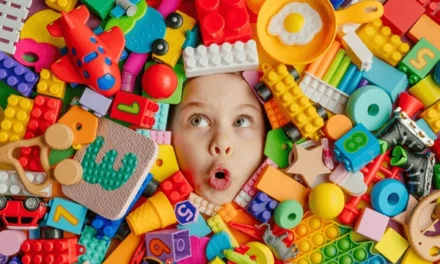
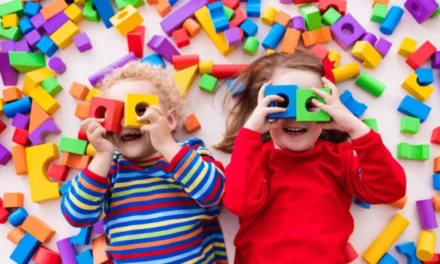
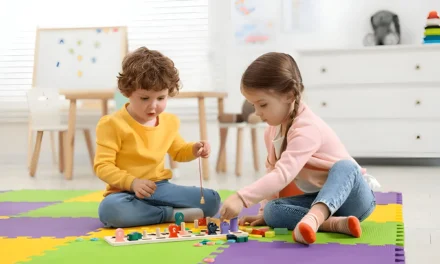

Thank you for writing this post!
I want to thank you for your assistance and this post. It’s been great.
Please provide me with more details on the topic
You helped me a lot by posting this article and I love what I’m learning.
WONDERFUL Post.thanks for share..more wait .. ?